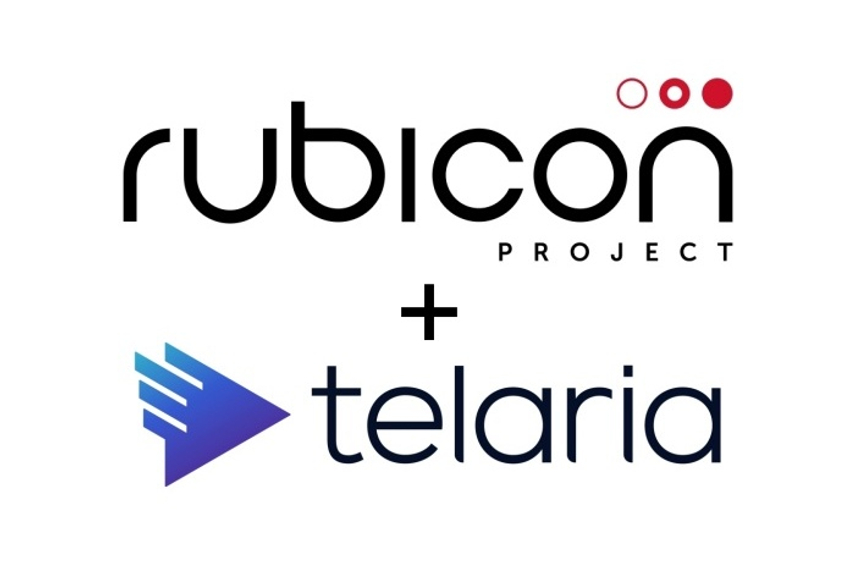Big news was announced yesterday in the ad tech world. Publicly traded companies Rubicon Project and Telaria announced an agreement to merge in a stock-for-stock deal that would position them as the largest independent sell-side platform in the industry.
Rubicon Project offers technology to automate buying and selling ads online, while Telaria is a software platform for managing video advertising. Over the past several years both companies have experienced highs and lows, but have worked on themselves to put them in a prime position to really seize the market. The complementary nature of the two companies will help them capitalize on the significant growth of programmatic advertising and CTV. It’s a smart move for them financially, as together, they have an impressive balance sheet with $150 million and no debt. They expect to run rate cost synergies of approximately $15-20 million.
The company will offer a single platform for transacting CTV, desktop display, video, audio, and mobile inventory across all geographies and auction types. Some are calling it the “Trade Desk of the sell-side,” since it will provide more value to publishers and be a more capable partner to buy-side partners. Such an all-encompassing platform does not currently exist in the highly fragmented field and the two companies are hoping their union will differentiate them from others. In an interview with Rubicon CEO Michael Barrett says, “A lot of folks have said, ‘Hey Rubicon, you’re not that different from a PubMatic, OpenX or Index Exchange. And there has been a certain sameness for a group of players. After this merger, I don’t expect we’ll be hearing that, because there will be such a clear difference.”
The newly formed company has a lot to gain as CTV and programmatic advertising remains an area with significant potential. Magna Global forecasts global programmatic ad spending to rise about 20% year over year in 2019 — about five times the growth rate of the overall advertising industry. Further, according to eMarketer, $7 billion is forecast to be spent on CTV this year and this figure is expected to more than double by 2023. This growth is spurred by the massive number of people “cutting the cord” with their traditional broadcast and cable TV providers.
The move by Rubicon and Telaria also seems to reflect the recent trend of other ad tech companies merging, as agencies and advertisers are trimming the number of supply-side partners they use. Several deals have happened over the last few months, including Roku buying demand-side company Dataxu and AT&T buying sell-side Clypd. These companies are hoping that all this consolidation will create a strong enough force to compete against Facebook and Google, which still dominate the field.
As an independent player, the companies said they create a “global, independent alternative to closed players in the ecosystem.” As Facebook and Google undergo antitrust scrutiny, other players are trying to show the value and data they can provide outside the so-called walled gardens.
“Our businesses are highly complementary, and when combined, are a powerful, strategic alternative to the walled gardens, which have been frustrating both buyers and sellers due to their lack of transparency, innovation bottlenecks, and conflicted business models,” Telaria CEO Mark Zagorski said in a statement.
It will be interesting to see how this merger will change the way programmatic business is conducted. Current Rubicon Project President and CEO Michael Barrett will serve as CEO of the merged companies, while current Telaria CEO Mark Zagorski will serve as president and COO. The new combined entity has yet to be named and the deal is expected to fully close in the first half of 2020.



